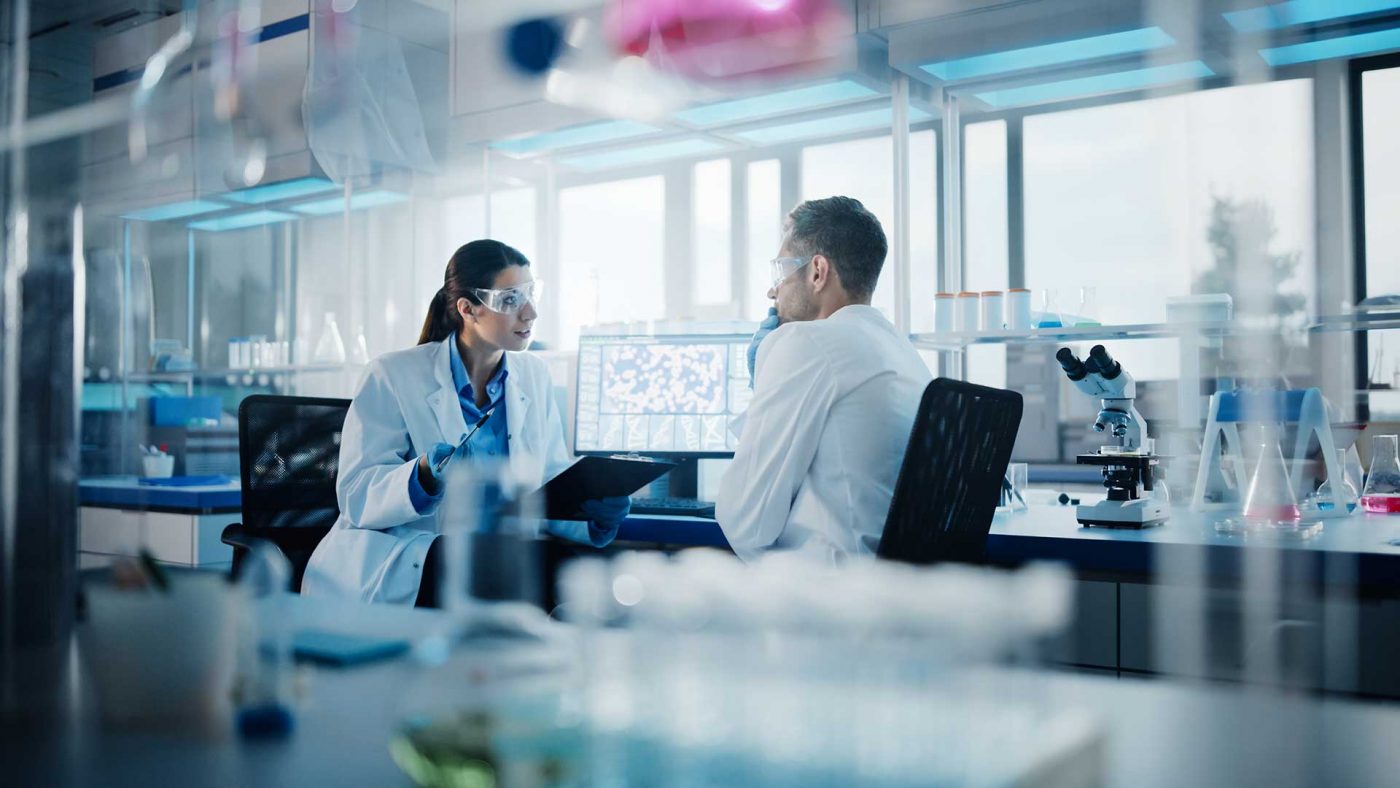Automation can increase the productivity and repeatability of laboratory work, while improving safety and ergonomics. It also permits the conduct of experiments that cannot be performed manually, at least with the same timing.
The degree of automation in a given laboratory depends on a number of factors, such as the types of used protocols, the requirements for data accuracy and/or regulatory compliance, and the required productivity.
Automation also offers great benefits in research laboratories and in sectors subject to less stringent regulation. For example, some processes that are performed manually have a high probability of errors, are subjective, or are simply laborious. Automation lets both to improve accuracy and to perform other tasks in parallel. When measuring a large number of similar or identical samples, the time savings can be considerable.

